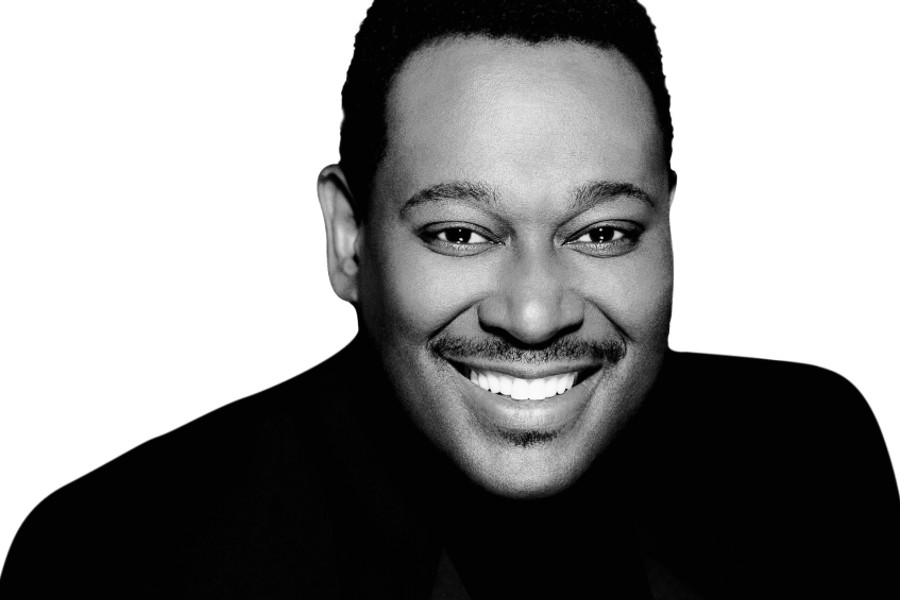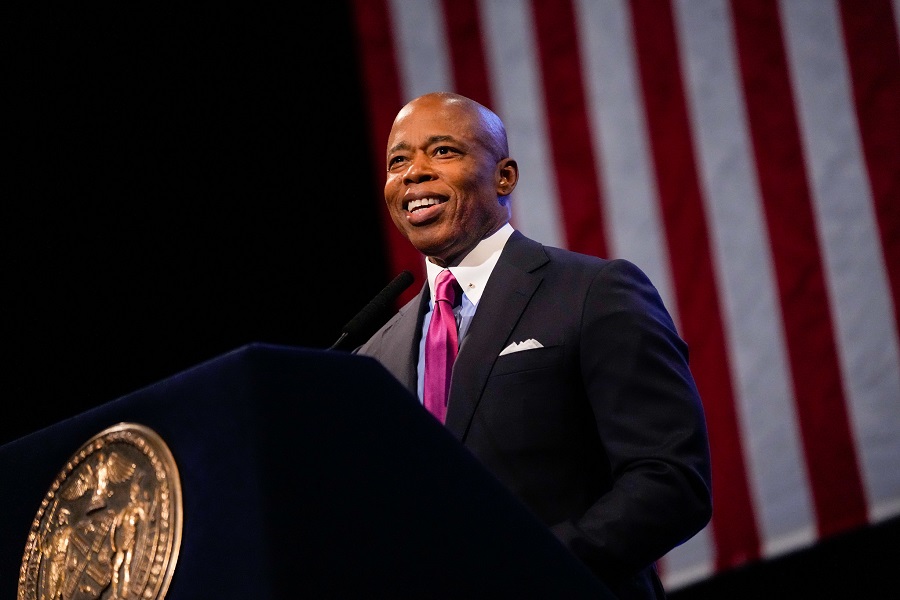Noted author Walter Dean Myers shares his memories of the Black Capital of the World. Harlem began in the 19th century as an upscale community for people who wanted gracious living but not Fifth Avenue prices. Some of America’s greatest architects, such as Sanford White, designed elegant homes in Harlem, and businesses quickly opened in the new trendy neighborhood.But Harlem’s higher-priced brownstones and apartment buildings attracted fewer people than expected. Developers began to break the apartments up into smaller units and allow African Americans to rent them, beginning north of 125th Street. The area between 125th and 140th became what we now consider black Harlem. The area below 125th Street was predominantly white until the late 1930s.
From early on, Harlem’s main business artery was 125th Street. In the ’20s and ’30s, this vibrant street attracted shoppers from all over the city. There were high-fashion stores, such as A.S. Beck and Regal Shoes, as well as some of New York’s first department stores, such as the fabled Blumstein’s.
The street also had its share of theaters, restaurants and jewelry stores. It was fabulous, busy and decidedly white.
Black women could buy dresses on 125th Street but weren’t allowed to try them on, and restaurants on the street would not serve blacks. On 125th Street, the only black presence was the Apollo Theatre, which ran African-American revues.
The cultural center of black Harlem was 135th Street. Here you had the Harlem YMCA with its night classes and meeting rooms. Black churches also dotted the area, as did black theater groups, art studios and clubs. But what really made Harlem a major cultural center was the simple notion that African-American artists, as well as the African-American middle and upper classes, were forced to live in the same community. Indeed, segregation forced icons like Langston Hughes and Countee Cullen to live in Harlem, in close proximity to each other.
The change on 125th Street began when the dynamic speaker and thinker Adam Clayton Powell Jr. began to campaign for black employment, threatening economic boycott to any store that would not employ blacks. By the beginning of World War II, most stores along the busy thoroughfare had at least one or two people of color clearly visible in their establishments. But it wasn’t until the race riots of the ’40s that the local merchants decided that it was either time to leave Harlem or treat its darker citizens fairly.
The riots prompted the widening of Harlem’s boundaries southward. By the end of the ’40s, black Harlem extended nearly down to 110th Street.
As a youngster growing up in Harlem, my life revolved around the basketball courts and the church. Harlem churches were social institutions as well as places of worship. Artists who couldn’t find bookings in downtown venues often gave recitals at local churches. So I had the opportunity to hear Dorothy Maynor and Josephine Baker at The Church of the Master. And I remember Langston Hughes coming to read at the church carrying a suitcase of his books to sell afterward. Once, Ray Robinson, the welterweight boxing champ, came on the block and sparred with us kids.
There was always somebody standing on a platform near 125th and Lenox. Sometimes, it would be Lewis Micheaux, the legendary bookstore owner. Sometimes, it would be a religious leader or a black nationalist. Later, it would be people like Charles Kenyetta and Malcolm X.
The ’60s introduced more integration into the black community. The Black middle class began to move out of Harlem, into more affluent communities. And, businesses followed. Harlem, and especially 125th Street, suffered. Restaurants found it difficult to maintain their clientele, and apartment complexes began to deteriorate.
I’m hopeful that with the return of businesses to the community, there will be a new stability and at least the possibility of a new cultural awakening. We’ll see.
ACTIVITIES
We all love our neighborhoods. Write an essay about your favorite memories of your community.
As Black History Month comes to a close for this year, continue to do your own research into the history and achievements of African Americans.
Visit your local library and check out a few titles by Walter Dean Myers.
Walter Dean Myers is one of the premier authors of books for young readers. His latest, “Game,” is a basketball novel that’s also a playbook for life.
Today’s lesson fulfills the following New York standards: ELA 1c, 3c, 3d, 4a, 4b, 5a Social Studies 1
Related articles

Become a Harlem Insider!
By submitting this form, you are consenting to receive marketing emails from: . You can revoke your consent to receive emails at any time by using the SafeUnsubscribe® link, found at the bottom of every email. Emails are serviced by Constant Contact























